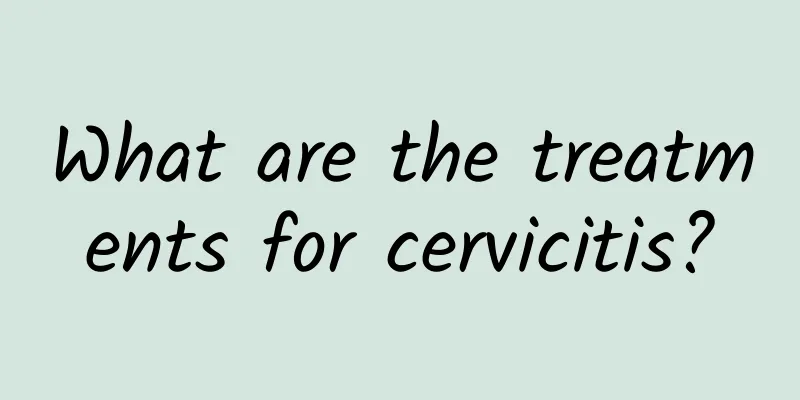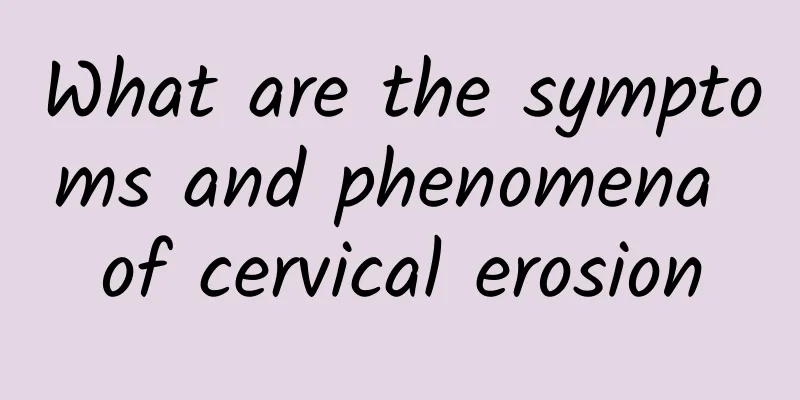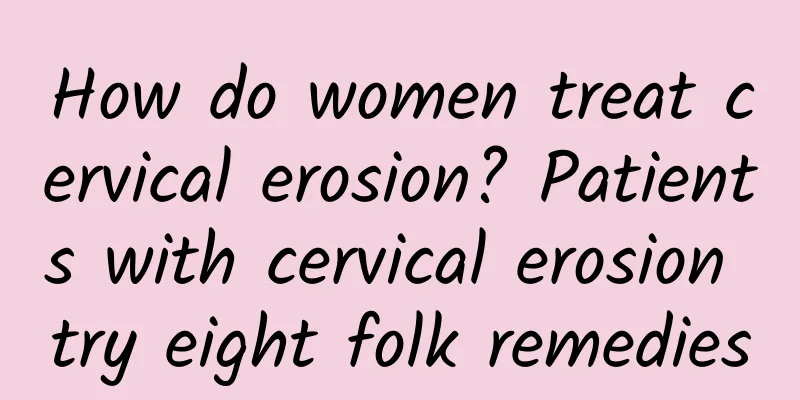What are the treatments for cervicitis?

|
Cervicitis is one of the common gynecological diseases, which can be divided into acute and chronic types, with chronic inflammation being the most common. Acute cervicitis is mainly manifested by redness and swelling of the cervix and edema of the cervical mucosa, often accompanied by acute vaginitis or acute endometritis. Chronic cervicitis has a variety of manifestations, including erosive changes, cervical columnar epithelial ectopia, cervical hypertrophy, cervical polyps, cervical glandular cysts, and cervical ectropion. There are three main treatments for cervicitis: 1. Drug treatment: The main treatment for acute cervicitis is the use of antibiotics, including penicillin, cephalosporin, etc., to eliminate pathogens and relieve inflammatory reactions. For patients with obvious symptoms, such as a large amount of purulent secretions, especially those with high risk factors for sexually transmitted diseases, there is no need to wait for the pathogen test report to come out, and doctors can perform empirical treatment. 2. Physical therapy: For cases with large erosion area and deep inflammatory infiltration, commonly used physical therapies include laser, freezing, infrared coagulation therapy, microwave therapy and electrocautery, etc. These physical therapy methods can destroy the columnar epithelium on the surface of the cervix, causing it to necrotize and fall off, thereby promoting the new squamous epithelium to cover the surface of the cervix. 3. Surgical treatment: For those with deep and wide erosion or those involving the cervical canal, cervical cone resection can be considered. Traditional cervical cone resection causes a lot of bleeding and is now rarely used. High-frequency radio-wave knife Leep knife surgery is now more commonly used, which has the advantages of simple operation and few postoperative complications. The above three methods have their own scope of application and advantages and disadvantages in the treatment of cervicitis. When choosing a treatment method, the doctor will choose the most appropriate treatment plan based on the patient's specific situation. At the same time, patients also need to pay attention to personal hygiene, avoid sexual intercourse and other precautions during treatment to promote recovery. |
<<: Symptoms of pelvic inflammatory disease
>>: How to deal with menstrual cramps
Recommend
What are uterine fibroids? What are the causes of uterine fibroids?
What are uterine fibroids? What are the causes of...
Understand the main classification of uterine fibroids
What are the main classifications of uterine fibr...
Garlic is great! Research: Garlic can cure food poisoning
Garlic, one of the indispensable spices in Orient...
Briefly talk about common precautions before abortion
Modern people's minds are open, resulting in ...
Symptoms of chocolate cyst
Chocolate cysts are very novel to many women. Eve...
Women should pay attention to daily care of primary dysmenorrhea
Dysmenorrhea is an inevitable phenomenon for wome...
What are the diseases similar to vulvar leukoplakia?
There are many diseases that are misdiagnosed bec...
How long after a miscarriage is it normal to have a period?
It is considered normal for menstruation to resum...
Experts introduce the diagnostic basis of primary dysmenorrhea
Clinically, dysmenorrhea is divided into primary ...
How long can you live with severe cervical erosion?
How long can you live with severe cervical erosio...
More exercise helps to sprint height growth period, skip rope 500 times a day
Playing 3C games not only affects children's ...
Why does my stomach hurt during menstruation?
Why does my stomach hurt during menstruation? Dur...
Diet for multiple uterine fibroids
Diet for multiple uterine fibroids: Foods that ca...
The harm of ovarian cysts to women
The ovaries are very important reproductive organ...
Can I drink brown sugar water if I have a miscarriage? Listen to the doctor
First of all, the various hormones that originall...









